| | I do love my figs. As a child, we had two varieties – Brown Turkey and Black Mission. I preferred the Brown Turkey for its size and sweetness, but the fuzzy skin irritated my mouth after eating a dozen or so, so I pryed them open and snarfed up the flesh from the inside, tossing the empty skin down under the tree to become composted nutrition that precisely matched what had been in the fruit. I loved munching my way through the garden – figs, tomatoes, berries, apples, peaches, nectarines, plums, feijoas, persimmons, cucumbers and even beans and squash. Carrots and beets needed a bit more attention since they needed to be washed first. Talk about freshly harvested and enjoying not-even-five-minute-old deliciousness! My Dad, with all his mechanical wizardry, had devised all sorts of blue jay deterrents, from buzzers to revolving stakes with pie-tins hanging, a veritable repurposed menagerie, two or three types each summer as they all worked for maybe 3 weeks before the birds “learned” that there was nothing else keeping them from their snacking. When I returned home and took over the garden, birds were no longer the problem, but squirrels were – especially when I discovered that one neighbor was putting out nuts to attract them! I tried everything on the market, including inflatable owls and those big-eye balloons, but stopped short of fox urine and motion-started water sprays. One year, I tied white-plastic grocery bags around small groups of fruit, figuring that if the critters couldn’t see the developing fruit and their changing color, they wouldn’t forage. That worked for one time around. Finally, I used bird netting. For a couple of years when the trees were small, I tried to cover each entire tree with one net. Of course, this was terribly awkward trying to get the netting over the whole tree without snagging on individual branches, so it left many openings for the critters to sneak in. And removing the netting after a couple of months (from early ripening to final harvest) was a real problem because the branches and foliage had grown into and through the netting. Ripping was the only way to get the netting off of the trees. So I ended up with bits and pieces of the netting, some in large sections. But, this ended up being a inspired boon to my next approach. By this time, my pruning had resulted in several distinct branching groups on each tree, which matched perfectly with the larger pieces of netting to corral the fruit and be anchored with a some twist-ties at the bases of the branches that the squirrels couldn’t simple unravel. For access to the fruit for harvest, I chose a section on the downside of a group of branches – literally in mid-air – and ripped a hole barely large enough for my fist grasping one fruit. I figured that this harvest-hole placement wouldn’t allow access by squirrels from a nearby branch because their weight would drag them away from the hole. It worked! The end-of-harvest removal of the netting is still somewhat laborious because the branches and leaves have indeed grown into the netting. But, for figs this isn’t a big issue since I do my after-harvest summer pruning at the same time that I’m removing the netting. I’ve been using this method for three years now, and relishing every single fig and peach and nectarine and persimmon as I choose precisely when to harvest each and every one. Yay! And my collection of fig varieties now includes, besides rooted cuttings from that old Black Mission, Peter's Honey and three green-skinned varieties from my father-in-law with greenish-white flesh, red flesh, and honey-colored flesh. This month, I'll also plant two more - Conadria and Celeste - that I rooted from cuttings I got at last February's California Rare Fruit Grower's Pasadena chapter scion exchange. Yum! |
|
8 Comments
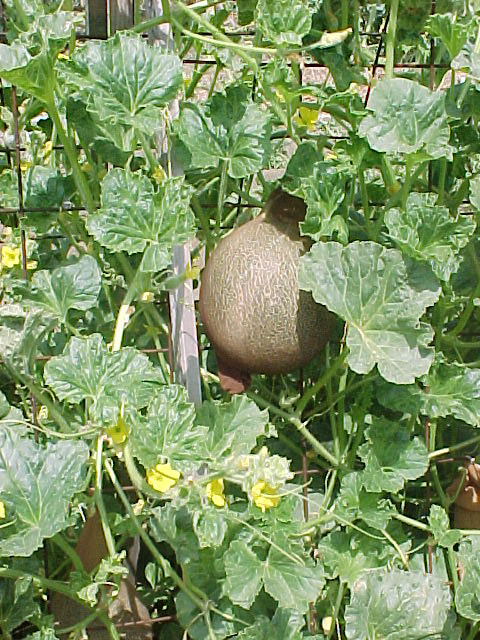 Huell Howser's favorite repurposed household tool -- my using old pantyhose tied to a trellis to hold melons up off of the soil and away from pests. Huell Howser's favorite repurposed household tool -- my using old pantyhose tied to a trellis to hold melons up off of the soil and away from pests. Sick of tomatoes and squash and beans and cucumbers and the heat? Here’re some things to help your garden limp to the end of the summer before you start thinking about starting the fall and overwintering garden. (Yes, it's coming!) Lift melons off the soil surface get them away from moist soil and crawling pests. Boards, cans, or plastic baskets from strawberries or cherry tomatoes serve well. When Huell Howser came to my garden (see https://blogs.chapman.edu/huell-howser-archives/2004/09/04/californias-green-103-green-gardener/), his favorite repurposed household tool was my using old pantyhose tied to trellises to hold melons up off of the soil -- see photo at left. The mesh of the pantyhose allows the melon (or squash or watermelon or whatever vine fruit you're using it on) to grow unimpeded while protecting it from pests. Stop watering melon plants the week before they'll be ripe to allow the sweetness to concentrate and to minimize fruit-cracking problems. Fertilize tasseling corn and other vegetables that are still setting -- beans, cucumbers, eggplants, tomatoes, etc.--for increased yields. Plants appreciate this extra boost in food to use immediately in maturing their fruits. But during our extra-hot weather, be sure to water the plants well first so the fertilizer won't "burn" the roots. Continue to keep vine vegetables (especially beans, cucumbers, squash, and tomatoes) picked, whether or not you will use the harvest that day. If many fruits are allowed to overmature on the plant, they’ll “think” they’ve accomplished their reproductive duty and won’t put out any more blossoms for more fruit. But if you have kept plants well-picked and fertilized, and fruit set has stopped, suspect hot weather. Fruit set will begin again about ten to fourteen days after the temperature stays below 85 to 90 degrees. Harvest fruits and vegetables as early in the day as possible, especially if they are not to be eaten that day or will be refrigerated. Research at the University of California, Davis, has found that the six hours before sunrise is the best time to harvest because it’s the coolest. As soon as the sun hits the fruits or vegetables, the pulp temperature begins to rise, and even shading them will not delay the temperature rise for long. Each five degrees lower temperature when the fruit is picked will extend shelf-life for another three days. Tomatoes, in particular, develop more chilling injury -- that telltale graininess and mushiness -- when they are cooled after being harvested when thoroughly warm. That’s why you shouldn’t refrigerate tomatoes! As vine crops reach the tops of their trellises, pinch off the lead vine; the side shoots will take over the major growth and food production. Pinch off the last blossoms of eggplants, peppers, melons, squashes, and tomatoes. Plant energy will then be spent maturing fruit that's already set, instead of setting more fruit that won't ripen sufficiently before fall cold (yes, it's coming!). Feed and water bramble fruits and strawberries. The size of next summer's fruit is determined this month and next--the more fertilizer and irrigation, the bigger the berries will be next spring. Propagate bramble fruits by bending the cane tips to the soil surface and burying one or two nodes an inch or so deep. Remove tree suckers and watersprouts -- the long shoots that grow straight up from the trunk base (sucker) or a branch (watersprout). Keep tree trunks -- especially of young trees -- painted with light-color, matte-finish, indoor latex paint to protect them from sunscald. This will continue into the winter for deciduous trees, as well. Stop feeding trees later this month, or the resulting tender new growth will be damaged by winter frosts. The gradually cooling weather and lack of additional nitrogen fertilizer during September, October, and early November will help harden exuberant summer growth to withstand winter's cold. Feed azaleas, camellias, and rhododendrons an acid fertilizer for the last time this year, to help them set buds for early spring bloom. Continue feeding begonias, fuchsias, and summer annuals. Container plants and water-lovers such as baby's tears, coleus, and fuchsias may need daily irrigation during hot weather. Feed mums until their buds begin to show color and open. Increase bloom size of chrysanthemums and dahlias by removing half of the new buds. Prolong fuchsia blooms by picking off the faded flowers, yellowed leaves, and fruits. Trim back stems to force side branching and flowering, and fertilize and water them well. Prune summer-blooming shrubs when they've finished flowering. Shape hedges for the last time this season. Continue gently shaping roses after pruning suckers, unwanted branches, and spent blooms; cultivate manure, bonemeal, and cottonseed meal into the top three inches of soil, and water deeply. |
Categories |

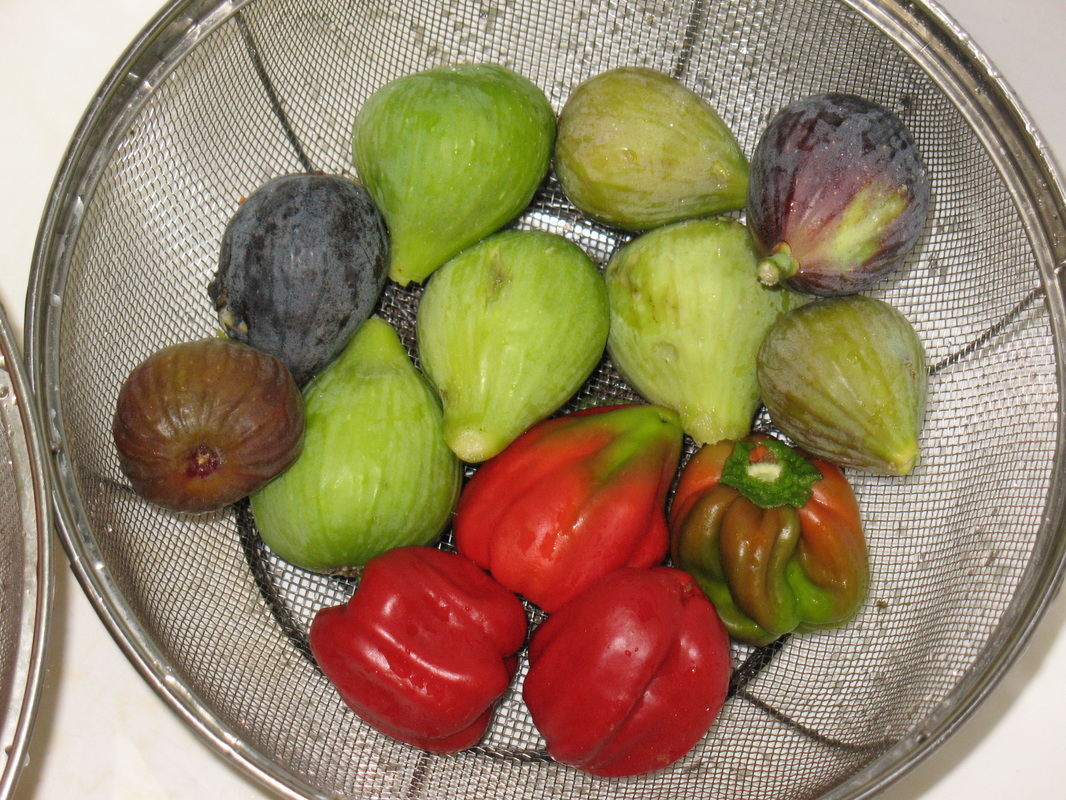
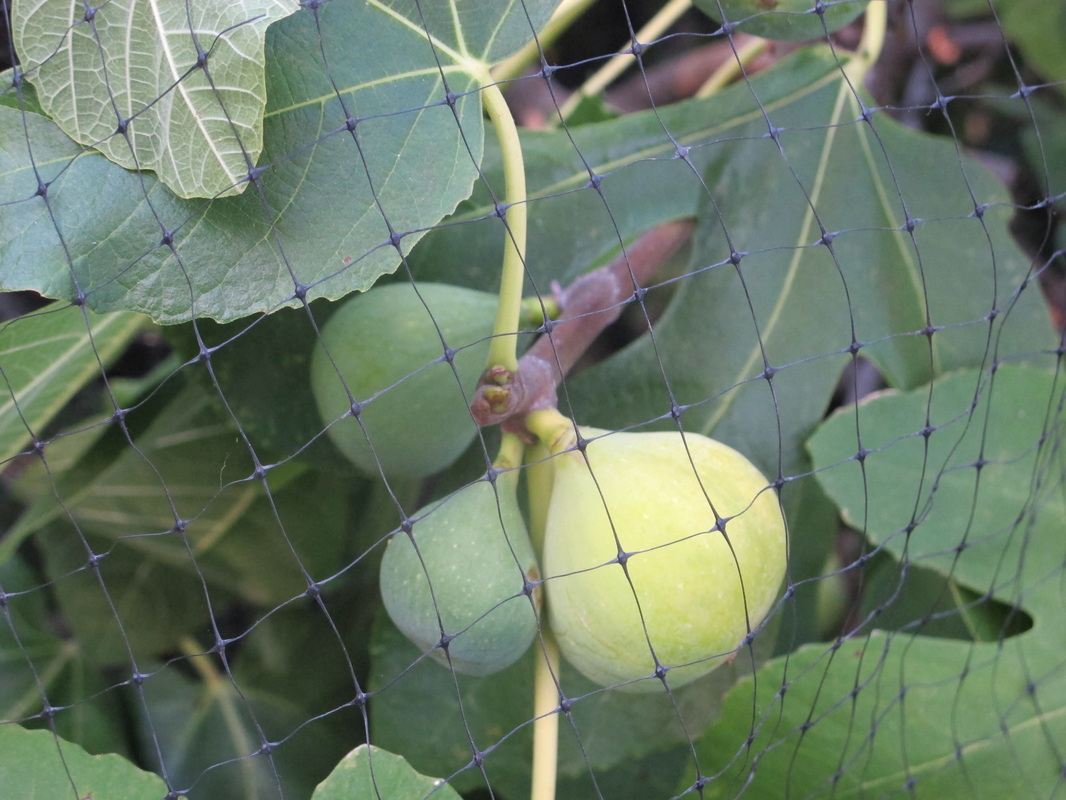
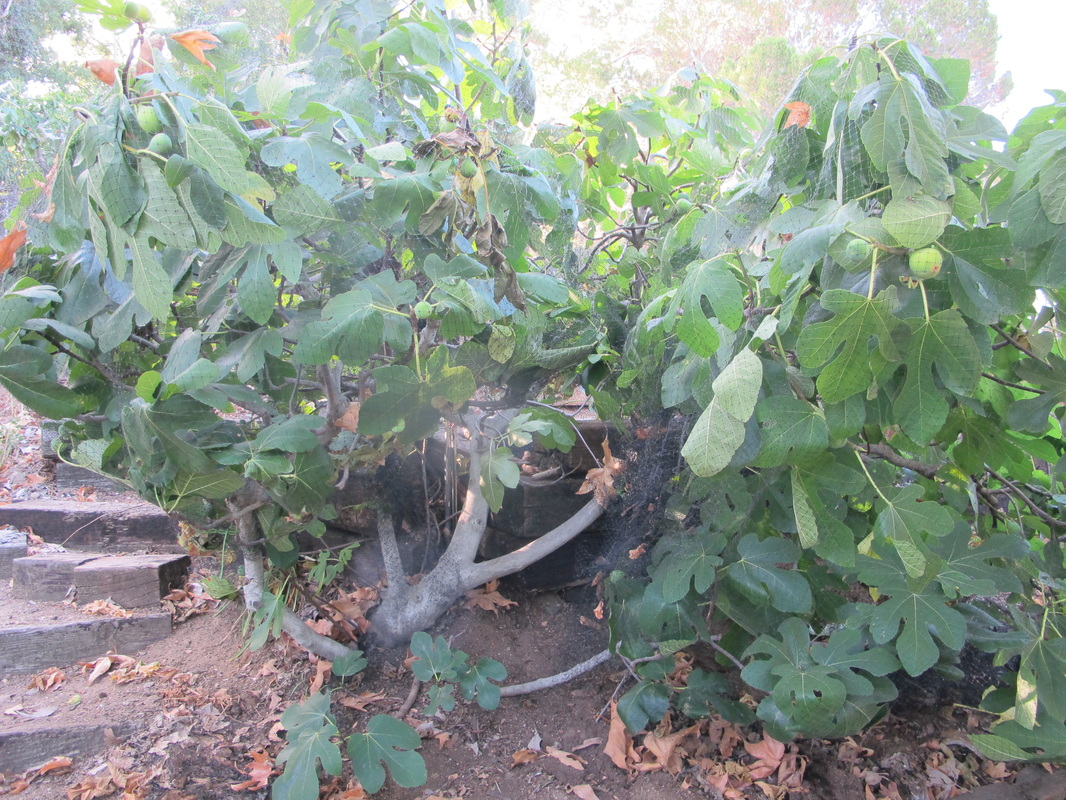
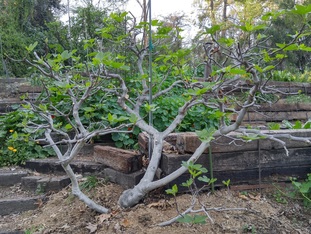
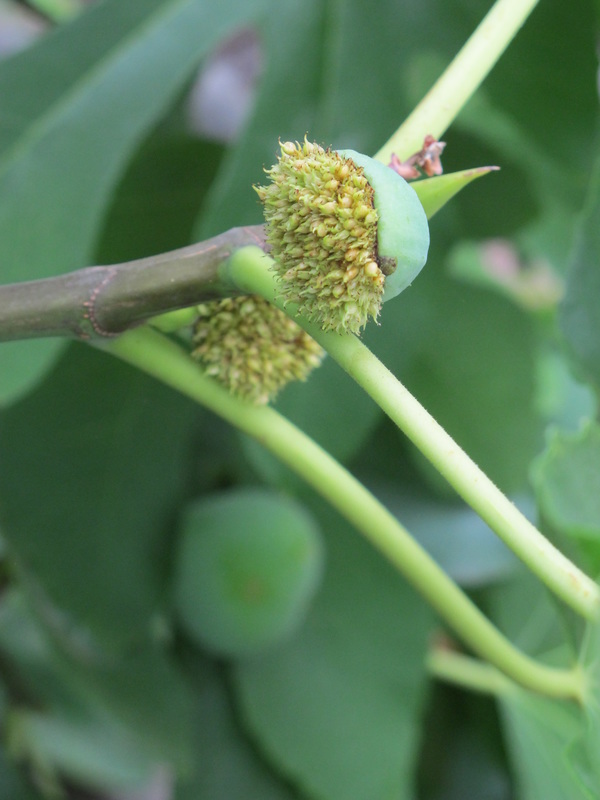
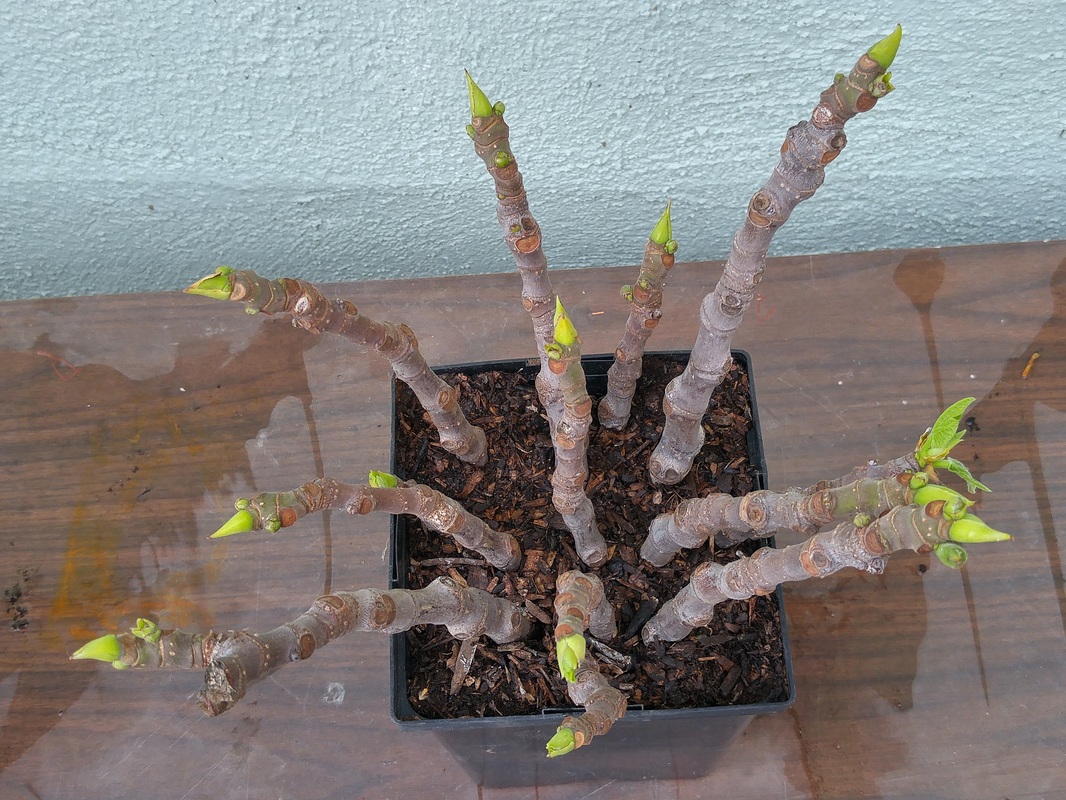


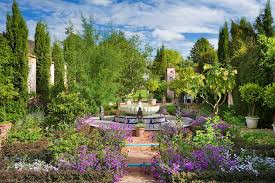

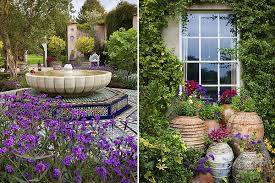


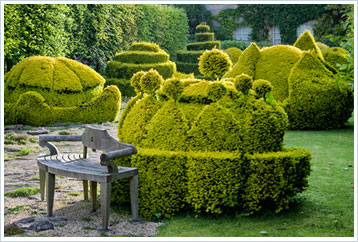

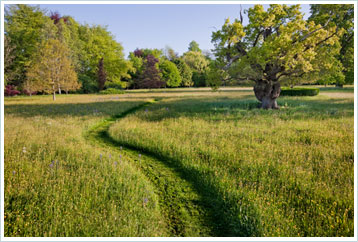


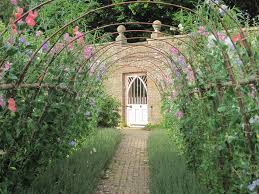
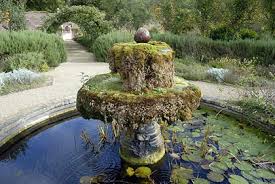
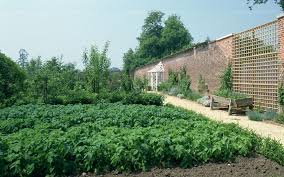


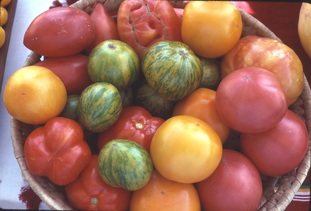
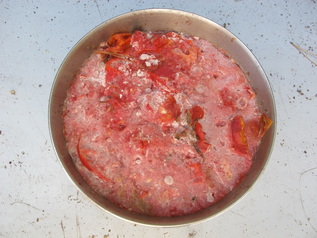
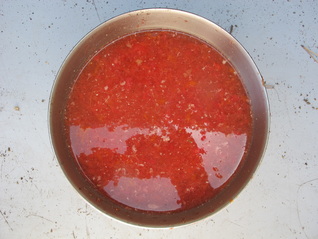
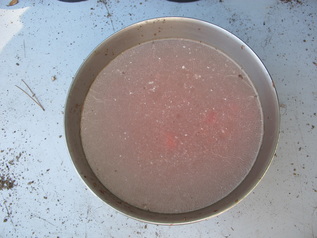
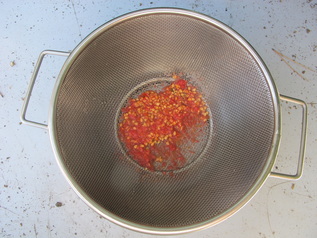
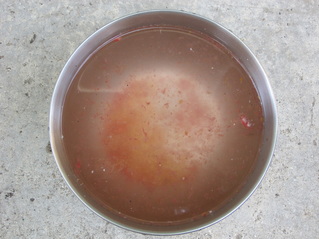
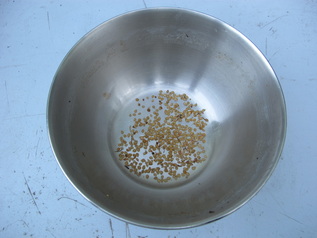
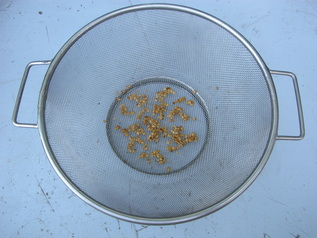
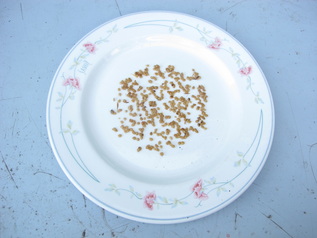
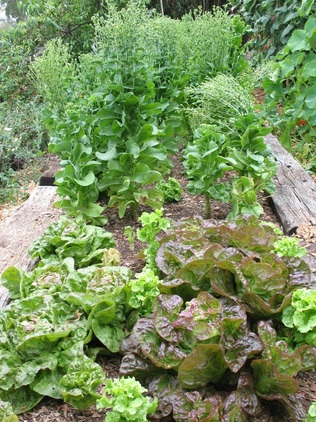
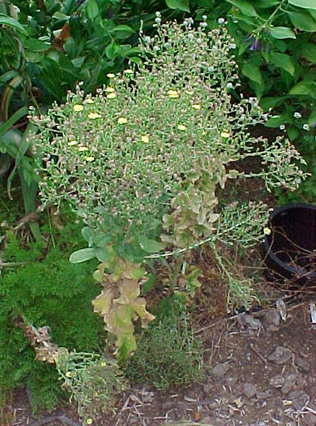
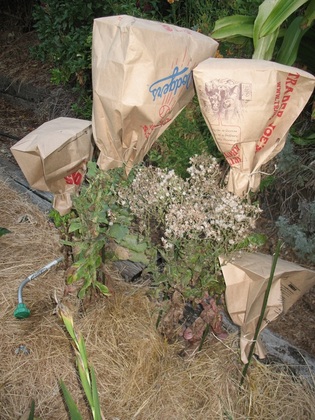
 RSS Feed
RSS Feed